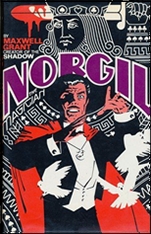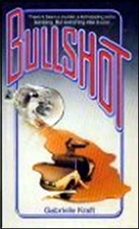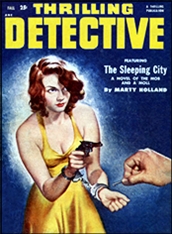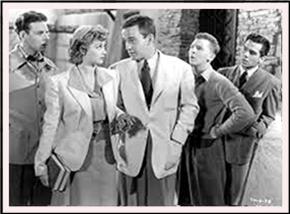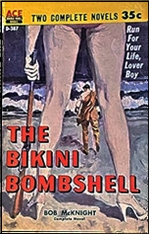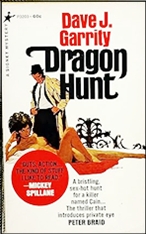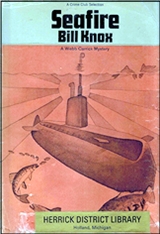Fri 5 Dec 2025
GARLAND LORD – Murder with Love. William Morrow, hardcover, 1943. Detective Book Club, hardcover reprint, 3-in-1 edition. Green #4, digest-sized paperback, circa 1945.
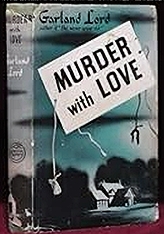
What I’m going to do first, rather than do the research once again as to who the author of this rather good mystery novel is, or was, is to repeat the first paragraph of my review of their novel, Murder Plain and Fancy, published the same year. The two books were, not my review. Go here to read the complete review, and be sure to follow up by reading the comments as well.
“Garland Lord was the joint pen name of husband and wife Isabel Garland (1903-1988) and Mindret Lord (1903-1955). They wrote four books together under this name, none with series characters, the first three for Doubleday’s Crime Club imprint. Isabel also wrote one book under her own name, apparently before they decided to team up together.”
It is difficult to say where this book takes place, geographically, but except for a few pages at a neighbor’s home, all of the action takes place in an old mansion with lots of rooms and servants, with an elderly patriarch in charge. Add wealthy to that brief description, and that sums him up more than adequately, I think.
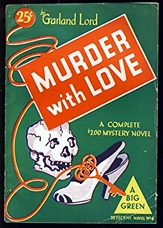
And what he has done is call together a conclave of family and friends (including would-be lovers), with an impending announcement involving a new will that he has in mind. This is not a good idea, especially in mystery novels. And so it happens here, although it is not the old man who dies, although the attempt is made.
Among the guests, the man at the top (not a miserably stingy fellow, by the way) has an estranged daughter who has come, and two adopted daughters, one of whom, named Roncevald, or Roncie for short. It is she who tells the story that follows, which does include two deaths, as well as several strange events, with Roncie the target of an apparent frame-up for the deeds.
The mystery is a good one, and the true killer may come as a surprise, unless you reading and studying the tale more closely than I was, as the clues are there, sort of. When you think about the title, you also should also not be terribly surprised if I tell you there is almost as much romance in the story as there is detection, of which there is less than you might think.
Unusual events happen, and while the participants are certainly aware of them, life does go on, as best it can. Garland Lord seems to have had the knack of making that happen, and make it seem natural. I enjoyed this one.
